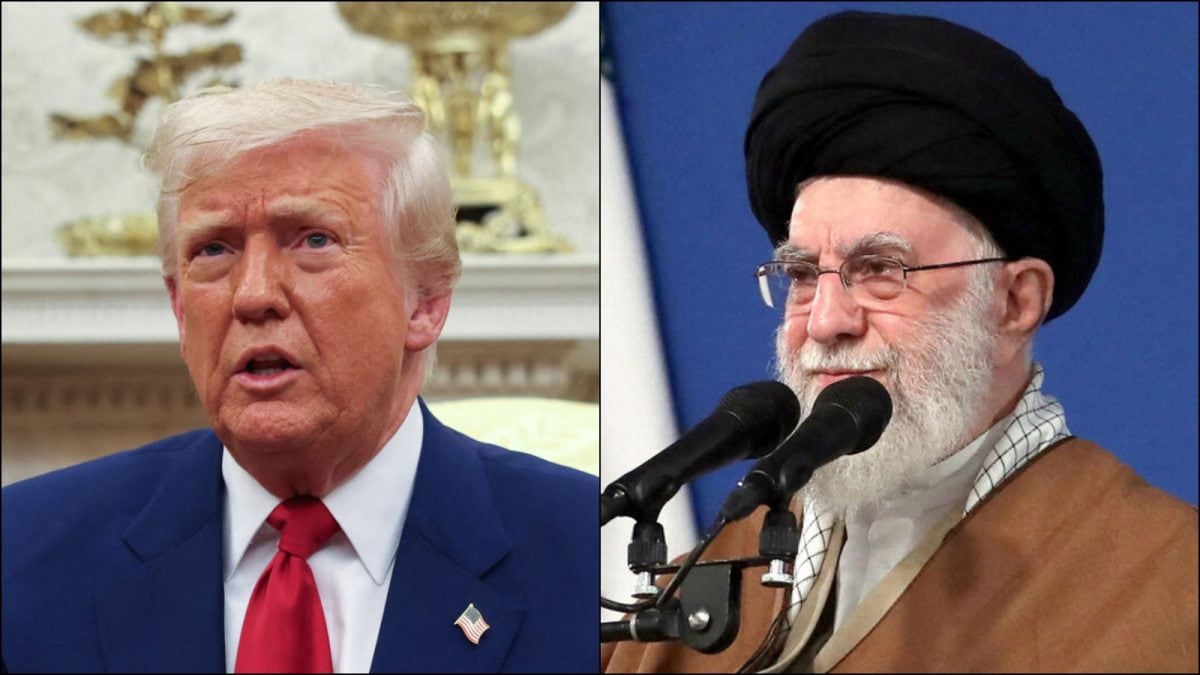Last Updated:June 11, 2025, 11:14 IST
The defence budget hike has prompted concerns that funds will be diverted towards rehabilitating and building terror camps destroyed during Operation Sindoor, sources said.

Pakistan PM Shehbaz Sharif. (Image: PTI/File)
Pakistan is prioritising military spending over development, as evidenced by a significant 20 per cent increase in the defence budget, announced weeks after India’s Operation Sindoor destroyed several terror sites in the country. This decision by the Shehbaz Sharif-led government appears to be an attempt to satisfy Field Marshal General Asim Munir’s demands. The recent escalation in military expenditures underscores urgent requirements following India’s precision strikes between May 7-10, 2025, which revealed critical weaknesses in Pakistan’s air defence systems, top intelligence sources have told CNN-News18.
Intelligence sources confirm that Chinese and Turkish systems, including HQ-9 SAMs and Bayraktar TB2 drones, were unable to intercept Indian drones and missiles. Major losses occurred at the Nur Khan airbase, necessitating a complete strategy overhaul. These failures highlighted Pakistan’s technological inferiority, shared by China, in countering India’s SkyStriker kamikaze drones and SCALP cruise missiles.
China, aiming to enter the Tier 1 weapon market, is perpetuating a false narrative of success from Operation Sindoor, sources said. This budget increase, likely influenced by China, grants more control to Rawalpindi at the expense of Pakistan’s economic stability. Despite a $22 billion debt crisis and fresh IMF loans, Pakistan has diverted funds towards military spending, ignoring warnings of fiscal unsustainability.
The budget hike has prompted concerns that funds will be diverted towards rehabilitating and building terror camps destroyed during Operation Sindoor, sources said. Intelligence sources also suggest that Pakistan’s spending will target vulnerabilities exposed during the conflict, including the acquisition of J-35 stealth fighters, with the first batch of 30 arriving in August 2025 at a 50 per cent discount from China.
Pakistan is also acquiring PL-17 missiles with a 400km range to counter Indian AWACS and refuelers, following the failure of PL-15 missiles. Additionally, Pakistan aims to modernise its navy with Type 039B submarines and Jinnah-class frigates to secure sea lanes amid Indian naval superiority. Another significant focus of the budget increase is on Space and ISR capabilities, intending to enhance interactions with Chinese BeiDou satellites for real-time battlefield surveillance, especially after India’s actions left Pakistan’s reconnaissance capabilities blinded.
Furthermore, the budget hike is seen as a measure to suppress domestic threats, such as those from Balochistan and Khyber Pakhtunkhwa, under the guise of addressing external threats from India. According to intelligence sources, Pakistan’s defence budget increase is a survival tactic following the battlefield failures exposed during Operation Sindoor.
Group Editor, Investigations & Security Affairs, Network18
Group Editor, Investigations & Security Affairs, Network18
News world Guns Over Growth: Pakistan's Defence Budget Hike A Survival Tactic After Op Sindoor Exposed Failures?

 1 day ago
1 day ago


















